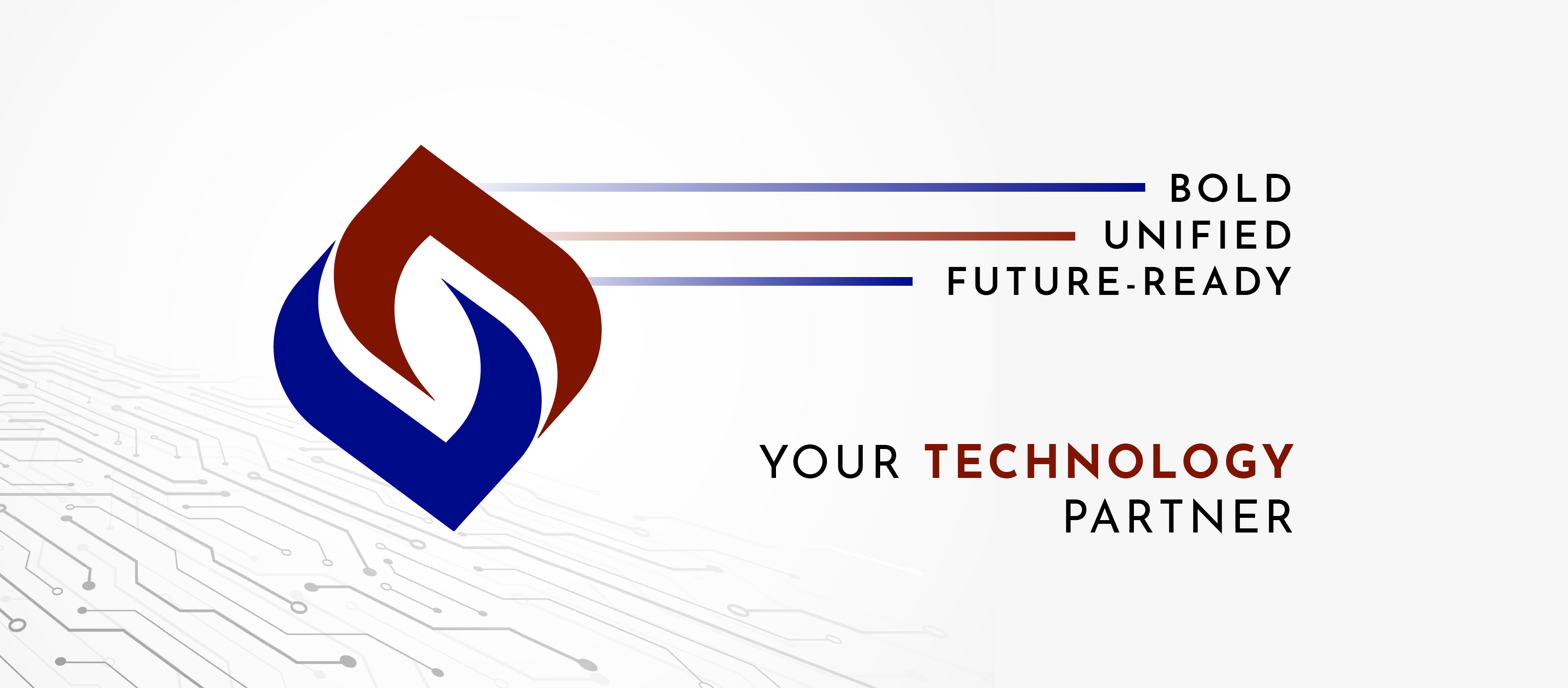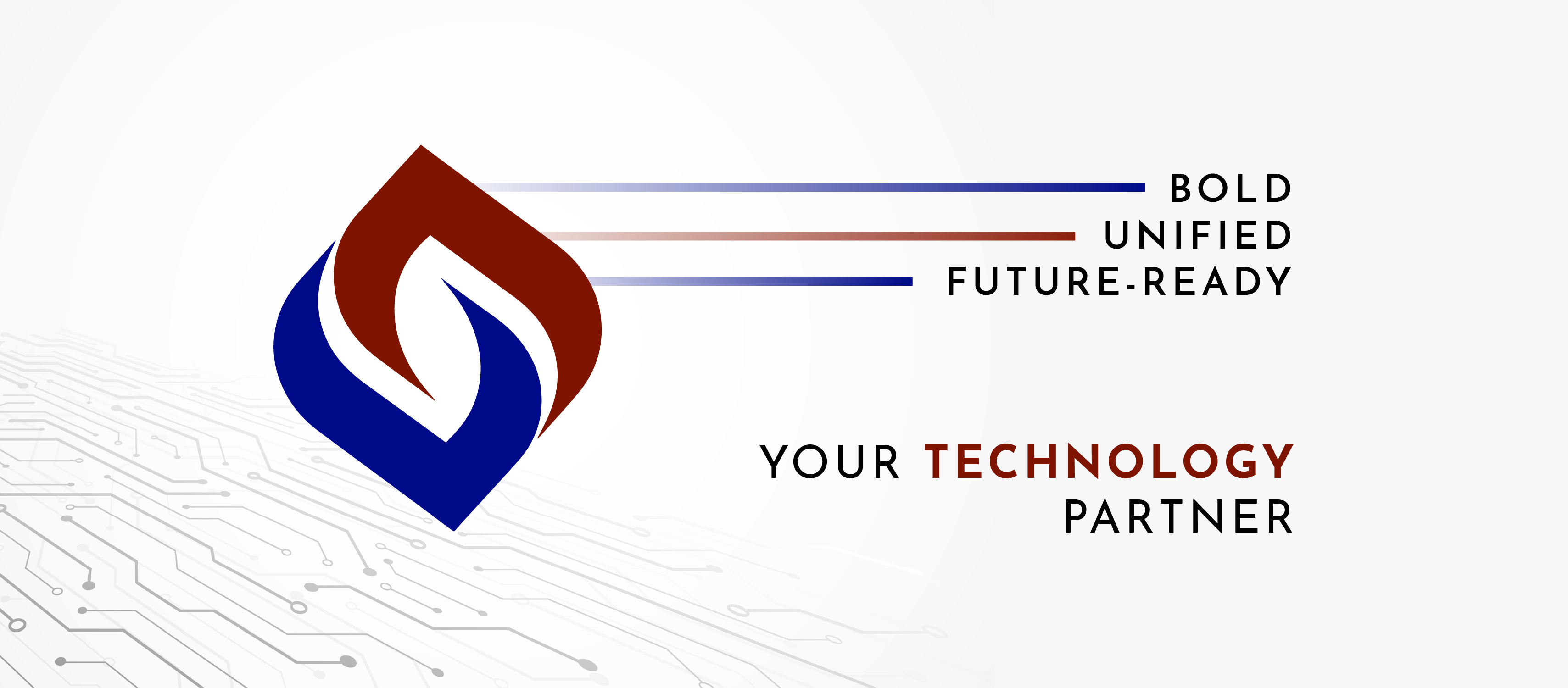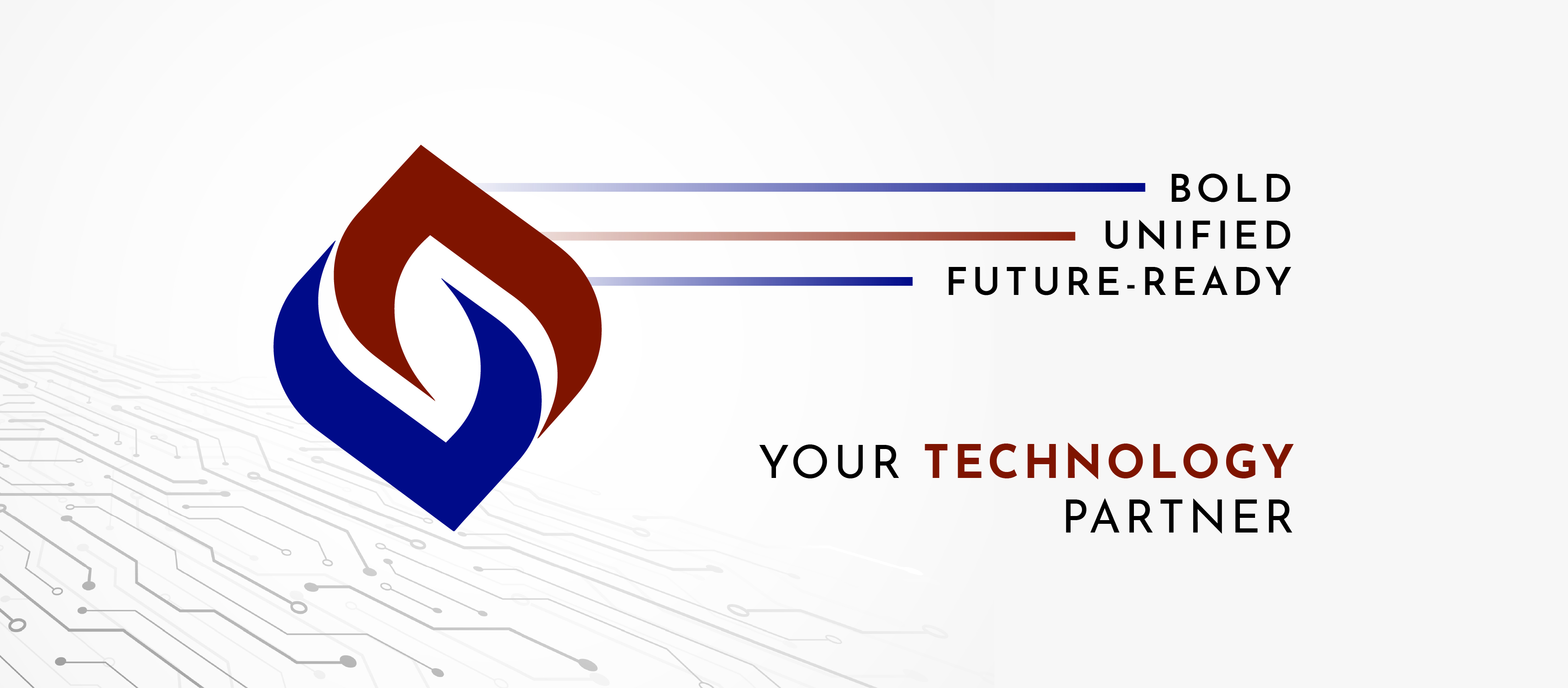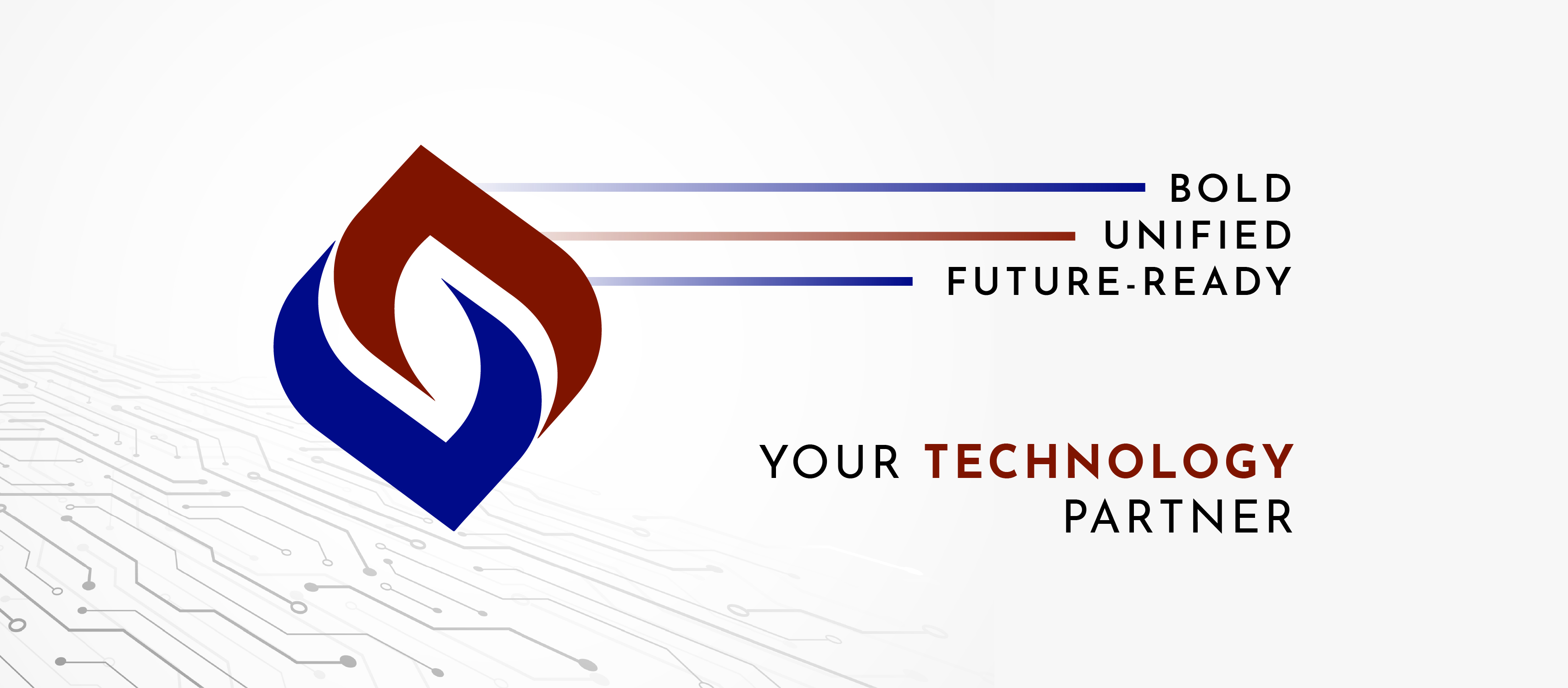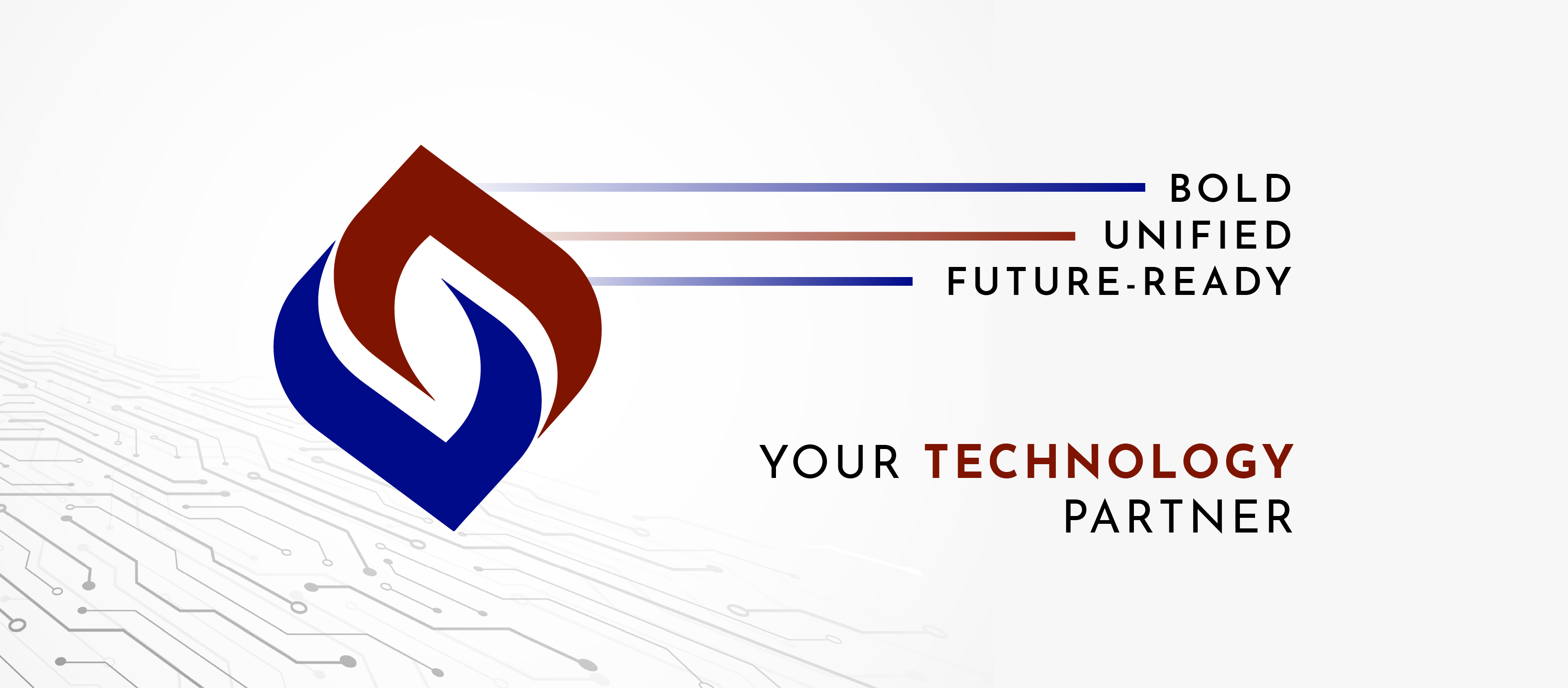 Topic Cluster Planning – Boost Topical Authority Like a Pro!
Topic Cluster Planning – Boost Topical Authority Like a Pro!
Gamification in Agile: Boosting Engagement and Productivity
Written by Solvix Technologies » Updated on: April 08th, 2025

Agile methodologies have revolutionized how teams plan, develop, and release products. By breaking projects into manageable sprints and fostering a culture of continual feedback, Agile enables faster turnarounds and more responsive processes. However, there’s an emerging trend that goes a step further to energize teams and spur productivity: gamification. This article explores how integrating gamified principles into Agile workflows can elevate team engagement, improve transparency, and deliver more impactful outcomes.
1. What is Gamification?
Gamification applies game-like elements — such as points, badges, and leaderboards — to non-gaming environments. The goal is to make tasks more engaging by tapping into people’s innate desire for achievement, competition, and recognition. In a work setting, these elements can foster a sense of camaraderie and achievement, encouraging individuals to stay motivated even when faced with repetitive or challenging tasks.
When fused with Agile methodologies, gamification helps team members track progress more visibly, celebrate wins, and sustain momentum. Sprints, user stories, and stand-up meetings become not just essential touchpoints but opportunities for healthy competition and collective achievement.
2. Why Mix Gamification with Agile?
Enhanced Motivation
Agile often thrives on regular feedback loops, frequent check-ins, and milestones. Adding gamification creates tangible incentives — like badges for completing a sprint on time or points for successfully resolving bugs. Such visible achievements can reinvigorate teams, making them eager to collaborate and push each other to meet goals.
Increased Transparency
Agile promotes transparency through backlog visibility and daily stand-ups. Gamification amplifies this by presenting real-time dashboards that show progress toward a common objective. By recognizing both individual contributions and team-wide accomplishments, stakeholders gain clear insight into performance metrics, bottlenecks, and successes.
Accelerated Learning
Continuous improvement is a core Agile value. Gamification supports this by providing immediate feedback — such as leveling up when a specific skill is mastered or a sprint is completed efficiently. Over time, this instant gratification can nurture a culture of rapid learning and curiosity, prompting team members to explore new tools or techniques.
3. Practical Ways to Gamify Agile
Sprint Challenges
Design sprint-specific challenges that reward speed, quality, or innovation. For instance, awarding points to a team that resolves the highest number of user stories within scope can spark friendly competition.
Task Boards with Levels
Instead of a standard Kanban board, implement levels or tiers. Moving tasks from one column to the next could unlock new “levels,” motivating participants to clear their queues.
Achievement Badges
Award badges for significant milestones, like delivering a feature under budget or squashing a high-priority bug before a deadline. Display these recognitions publicly in the team’s workspace.
Leaderboards
Show real-time progress of each team member or sub-team. While some worry leaderboards can cause internal rivalries, balanced design can boost camaraderie and keep individuals accountable.
4. Aligning Gamification with Agile Principles
It’s important to ensure gamification complements rather than overshadows Agile values. Here’s how to keep it authentic:
Focus on Collaboration Over Competition
Healthy rivalry can motivate, but Agile teams function best when synergy is at the heart of their work. Ensure any competition fosters group cohesion instead of individual silos.
Embrace Feedback
Agile relies on iterative feedback. Gamified features should be subject to the same process, adapting to user responses and making incremental improvements along the way.
Balance Rewards
Ensure that achievements recognize not just speed but also quality, teamwork, and continuous learning. Overemphasizing one metric — like the number of tickets closed — could inadvertently compromise product excellence.
Keep It Voluntary
While gamification can energize participants, forcing everyone into the system might lead to resentment or “gaming” the system. Provide clear benefits but allow team members some autonomy in how they engage.
5. Tooling and Platforms
Several project management and collaboration tools now include gamification plugins or built-in features. These range from point-based systems to more elaborate “level-up” journeys. Teams looking to implement gamification can also custom-build solutions:
Open-Source Plugins: Extensions for popular tools like Jira or Trello may offer points, badges, or other game elements.
Custom Solutions: Larger organizations sometimes integrate gamification directly into their internal dashboards, aligning game-based incentives with key performance indicators.
Third-Party Services: Dedicated platforms exist solely to gamify project tasks and performance metrics. This route often includes analytics for deeper insights into team behavior.
6. Role of Specialized Agile Services
Organizations new to gamification often benefit from external guidance to ensure seamless integration into existing processes. Experienced agile development services can help:
Map out sprint structures and identify the most impactful places to insert game elements.
Offer training and support for teams adapting to fresh motivators.
Provide insights on best practices, avoiding pitfalls like reward inflation or toxic competition.
Additionally, these services stay updated on the latest agile development technology, enabling them to recommend or build tools that align with organizational culture and business objectives.
7. Measuring Success
To gauge the impact of gamified Agile workflows:
Engagement Levels
Look at metrics like sprint attendance, number of tasks completed, and code commits to see if participation has risen.
Quality Metrics
Track bug rates or customer satisfaction over several sprints. If these indicators improve, it suggests gamification is driving not just output but also better outcomes.
Team Morale
Conduct regular surveys or one-on-one feedback sessions to see if team members feel more energized and supported.
Retention and Turnover
If your team is more engaged, turnover rates may decrease. A sense of achievement and belonging often keeps people around longer.
Integrating gamification into Agile methodologies can breathe new life into your development sprints, turning routine tasks into rewarding challenges. By blending team spirit with personal achievement, gamification fosters a more engaged, transparent, and productive environment. Whether you tap into agile development services for planning or deploy specialized agile development technology for tracking progress, the key is to start small, gather feedback, and iterate. When done right, gamification doesn’t just produce short-term excitement — it instills long-lasting motivation that continually fuels Agile success.
Note: IndiBlogHub features both user-submitted and editorial content. We do not verify third-party contributions. Read our Disclaimer and Privacy Policyfor details.
Copyright © 2019-2025 IndiBlogHub.com. All rights reserved. Hosted on DigitalOcean for fast, reliable performance.



